Earlier this year I informed the House about the collapse of First Guardian Master Fund. It was marketed as a high-growth super investment but resulted in severe losses. It was then believed some 6,000 investors, including some from Leppington, and up to $600 million was affected. It can now be revealed that the scale of this disaster has practically doubled. According to the latest information revealed by the Australian Securities and Investment Commission, or ASIC, more than 11,000 Australians have now been caught up in the collapse of the First Guardian and Shield master funds, with over $1.2 billion in retirement savings potentially lost. What began as a major concern has now grown into one of the most significant superannuation failures in our nation's history.
In recent months, ASIC has launched significant enforcement action in response to what it described as "industrial‑scale misconduct". It has launched action against InterPrac Financial Planning for failing to ensure its representatives act in its clients' best interests and for facilitating more than $600 million in super investments in First Guardian and Shield. It has launched action against Ferras Merhi for allegedly directing clients into these schemes, while receiving almost $40 million in fees, commissions and marketing payments. It has also taken action against SQM Research for allegedly issuing favourable ratings of high-risk products in ways that ASIC says misled consumers.
These actions, some of which ASIC has described as "first of their kind", highlight the scale of systemic failure and the growing scrutiny of the broader network of financial actors that enabled these funds to reach mainstream superannuation platforms. One of the most serious issues is how easily First Guardian and Shield were able to appear on major superannuation platforms, including Macquarie Wrap, Netwealth, OneVue and AMP's North. The inclusion of these funds on mainstream platforms gave them the perception of credibility and drove inflows from advisers and consumers alike. Macquarie, under regulatory pressure from ASIC, has agreed to fully reimburse Shield investors on its platform. That is a $321 million commitment.
Other platforms should seriously consider following Macquarie's lead. The scandal is not the fault of one government, regulator or era. It has been decades in the making under multiple regulatory regimes. The deeper problem is structural. The industry is riddled with inherent conflicts. Funds rely on platforms to distribute products, platforms rely on advisers to drive inflows, and advisers rely on commissions and incentives. All of these depend on research houses, which are paid by the very funds they are meant to assess. Every link in the chain is conflicted, and those conflicts ultimately left consumers last.
Victims and advocacy groups have been very clear about their demands. They want to see an expansion and strengthening of the Compensation Scheme of Last Resort so that victims have access to redress. They want to see the adoption of a pay now, recover later model, as used in the HIH collapse and the National Redress Scheme, whereby government compensates the victims upfront and then recovers funds from those responsible—the trustees, licensees, product issuers, research houses and potentially their directors. They want to see the strengthening of governance and accountability by enforcing platform and trustee transparency, holding research houses to account, and banning conflicted remuneration for high-risk products.
Finally, they would like to see a full parliamentary inquiry. I also called for that earlier this year when I spoke about this issue. We must examine how First Guardian and Shield bypassed oversight, how they accessed major platforms, how trustee and research house scrutiny failed, how hundreds of millions of dollars were moved offshore, and how this conduct escaped ASIC, the Australian Prudential Regulation Authority and the Australian Transaction Reports and Analysis Centre despite repeated red flags.
At the centre of that scandal are everyday Australians who did nothing wrong. They are teachers, retail workers, carers and tradespeople who entrusted their futures to a system that promised security. Instead, their savings were used to buy sports cars and fund lavish lifestyles and were channelled offshore, far from the reach of ordinary Australians. The only just outcome is for most, if not all, of those victims' funds to be recovered. They were let down by a system that claimed to safeguard them. It is now that system's responsibility to deliver justice, reform and accountability.


